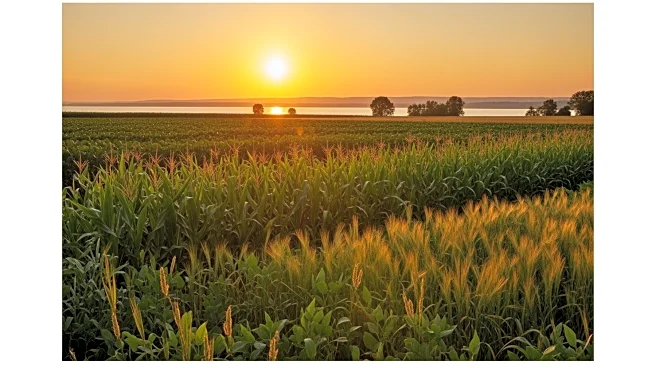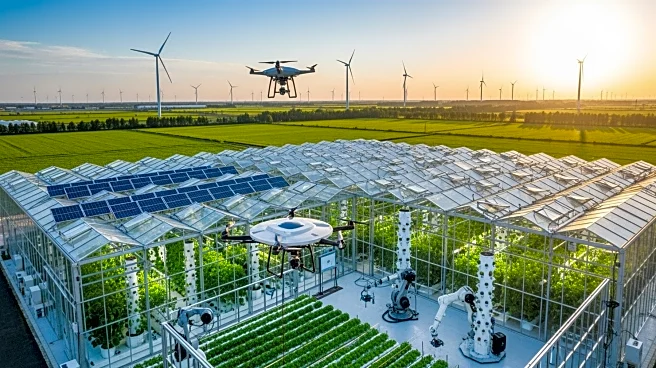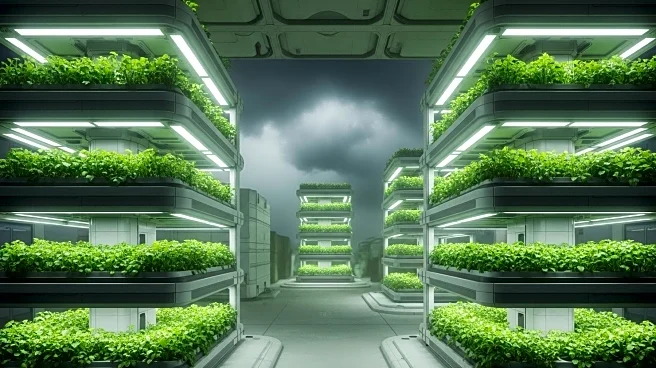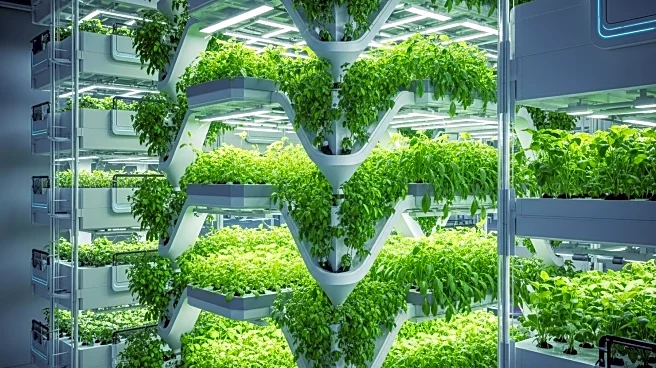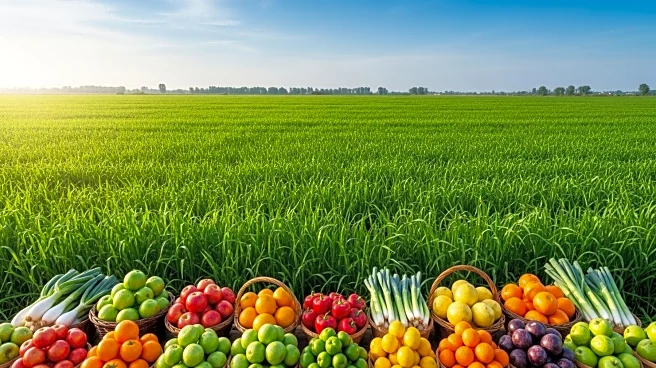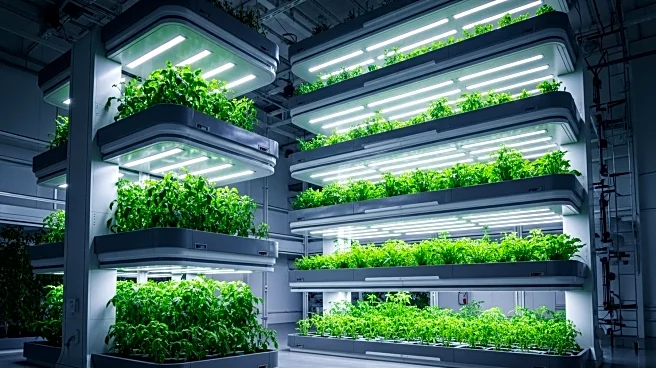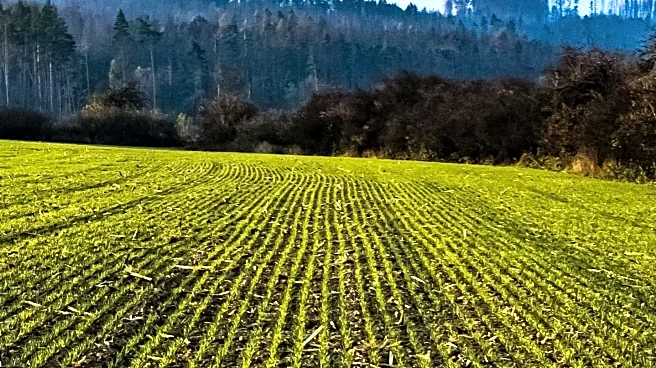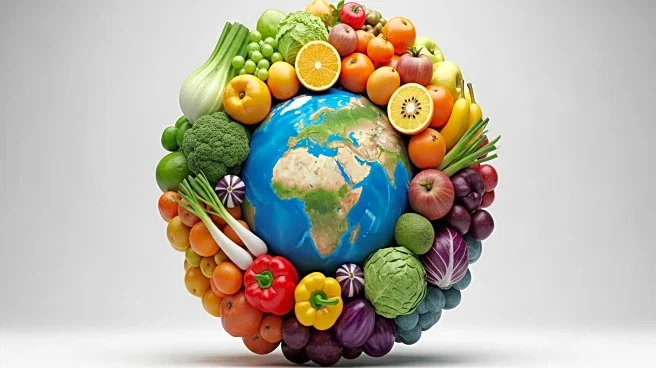What's Happening?
The Great Lakes St. Lawrence Governors & Premiers (GSGP) have launched a new regional initiative aimed at advancing sustainable agriculture in the Great Lakes St. Lawrence region. Announced at the 2025
GSGP Leadership Summit in Quebec City, the initiative will focus on five key areas: supporting a healthy economy, promoting healthful food production, improving soil health, managing water resources sustainably, and enhancing water quality. The initiative seeks to foster collaboration among state and provincial leaders to develop a regional agenda that guides research and policy development, ultimately aiming to create a resilient agricultural future.
Why It's Important?
This initiative is significant as it addresses critical challenges facing the agricultural sector in the Great Lakes St. Lawrence region, which is vital for the local economy and food security. By promoting sustainable practices, the initiative aims to protect natural resources and ensure long-term prosperity for the region's agricultural economies. The focus on collaboration and innovation could lead to advancements in agricultural technology and practices, benefiting producers and consumers alike. The initiative also highlights the importance of regional cooperation in addressing environmental and economic challenges.
What's Next?
In the first year, state and provincial leaders will work on developing a regional agenda to guide research and policy efforts. This will be followed by pilot projects aimed at addressing specific challenges within the agricultural sector. The initiative is expected to catalyze multi-state and provincial collaboration, with future years focusing on implementing the action agenda and expanding sustainable agricultural practices across the region.
Beyond the Headlines
The initiative reflects a growing recognition of the need for sustainable agricultural practices to combat environmental degradation and climate change. It emphasizes the role of scientific progress and innovation in transforming the agricultural landscape, potentially leading to new economic opportunities and improved food security. The collaborative approach may serve as a model for other regions facing similar challenges.
